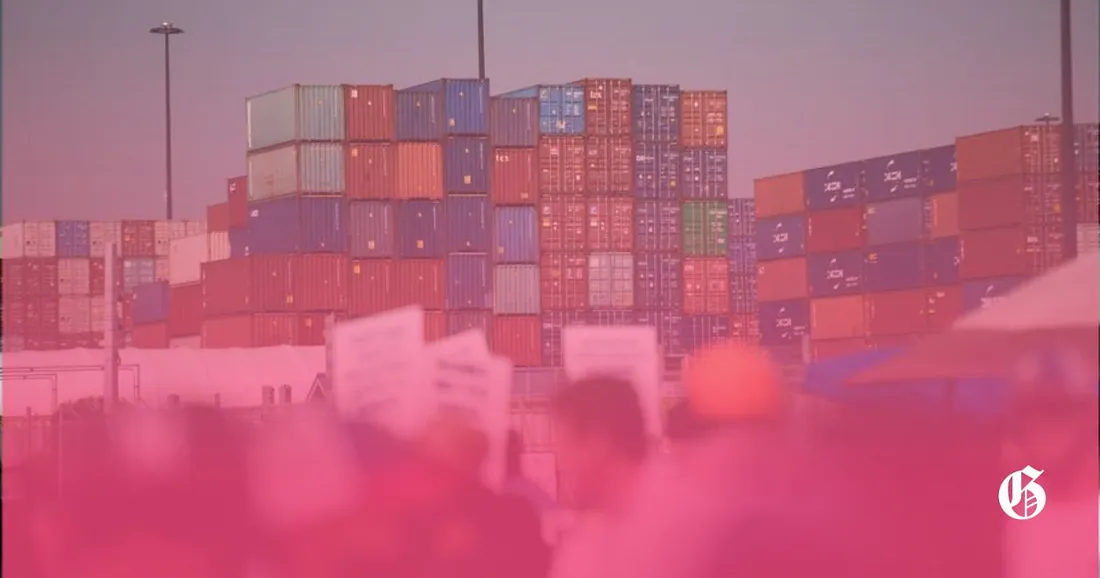U.S. Port Strike: Global Supply Chain Disruptions and Economic Impact
A significant U.S. port strike has the potential to wreak havoc on global supply chains. The recent strike by the International Longshoremen’s Association (ILA), which represents over 45,000 port workers, has already led to major disruptions at ports along the East Coast and Gulf Coast. This stoppage could cause delays of up to a week or more, significantly affecting various industries, including healthcare, by creating supply shortages.
Healthcare Impacts
The healthcare sector is particularly vulnerable to the effects of a port strike, given its reliance on the timely delivery of medical supplies, pharmaceuticals, and medical equipment. Delays in shipments could disrupt critical care, delay surgeries, and strain the already fragile healthcare supply chain.
Essential supplies such as BD BACTEC, BD Cloraprep, and blood serum tubes could be delayed, further exacerbating the strain on healthcare providers already facing challenges related to staffing shortages and increased demand. A delay in vital medical imports could cause significant patient care disruptions, especially for those relying on life-saving medications and supplies.
Read more about how strikes impact healthcare
Broader Economic Consequences
A prolonged strike could result in $540 million in losses per day to the U.S. economy. The longer the strike continues, the greater the erosion of business confidence in the nation’s supply chain. This erosion would have long-term economic repercussions, with businesses across various sectors being severely affected.
Industries that rely on the timely arrival of goods, such as automotive manufacturing, electronics, and consumer goods, would see delays in production and delivery. This would not only disrupt supply but also lead to price hikes and potential job losses in affected sectors. The global economy would also feel the ripple effect as goods are delayed or diverted to other countries.
Explore the broader impact of strikes on the economy
Mitigating Strategies
To minimize the impact of potential disruptions, organizations should consider implementing proactive strategies to ensure continuity of operations. Some of these strategies include:
- Identify Safe Substitutes: Determine alternatives to critical supplies that could help maintain operational continuity.
- Increase On-Hand Inventory: Stockpile essential items, ensuring adequate reserves while considering burn-down rates and financial costs.
- Explore Airfreight Options: While more expensive, air freight could be used to deliver urgent goods, ensuring supply availability despite delays at sea.
- Conduct Risk Analyses: Assess vulnerabilities in the supply chain and develop contingency plans to mitigate risks, including identifying alternative suppliers and shipping routes.
Read more about supply chain management during disruptions
Recovery Timeline
Though the strike has ended, the road to recovery will be long. Supply chains will require weeks, if not longer, to fully recover. The backlog of over 40 ships waiting to unload at major ports will take significant time to clear, and the West Coast ports will likely face challenges handling the increased volume of goods that were diverted from the affected areas.
As the supply chain catches up with the backlog, it is expected that there will be temporary delays and a continued strain on ports and trucking capacity. The ripple effects will be felt globally, as goods will need to be redistributed to meet demand in various countries.
Learn more about post-strike recovery in supply chains
Conclusion
The impact of a lengthy U.S. port strike extends far beyond the immediate disruptions at docks. Global supply chains, especially in critical sectors like healthcare, are particularly vulnerable. Proactive measures and strategic planning will be essential for mitigating these disruptions and ensuring the swift recovery of global commerce. By identifying alternative suppliers, increasing inventory, and preparing for logistical challenges, organizations can better navigate the challenges posed by such strikes and ensure their operations continue with minimal disruption.
The aftermath of such disruptions will continue to reshape supply chain strategies, urging businesses and governments to implement more resilient systems in the future.
















